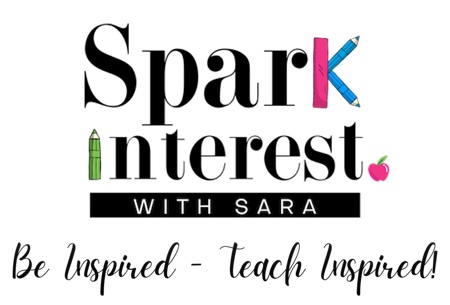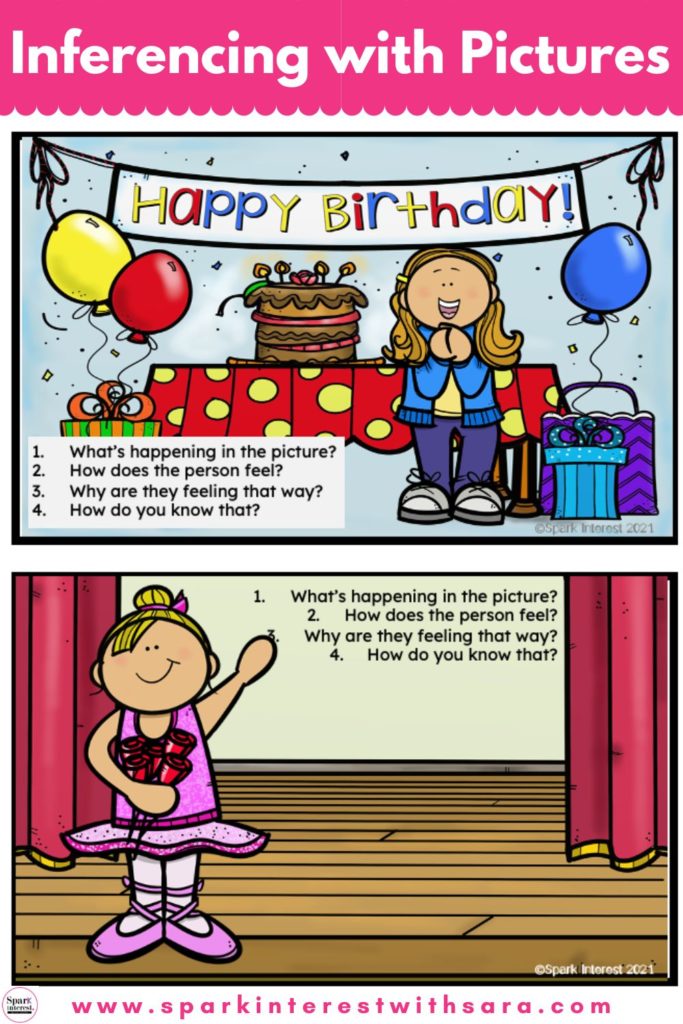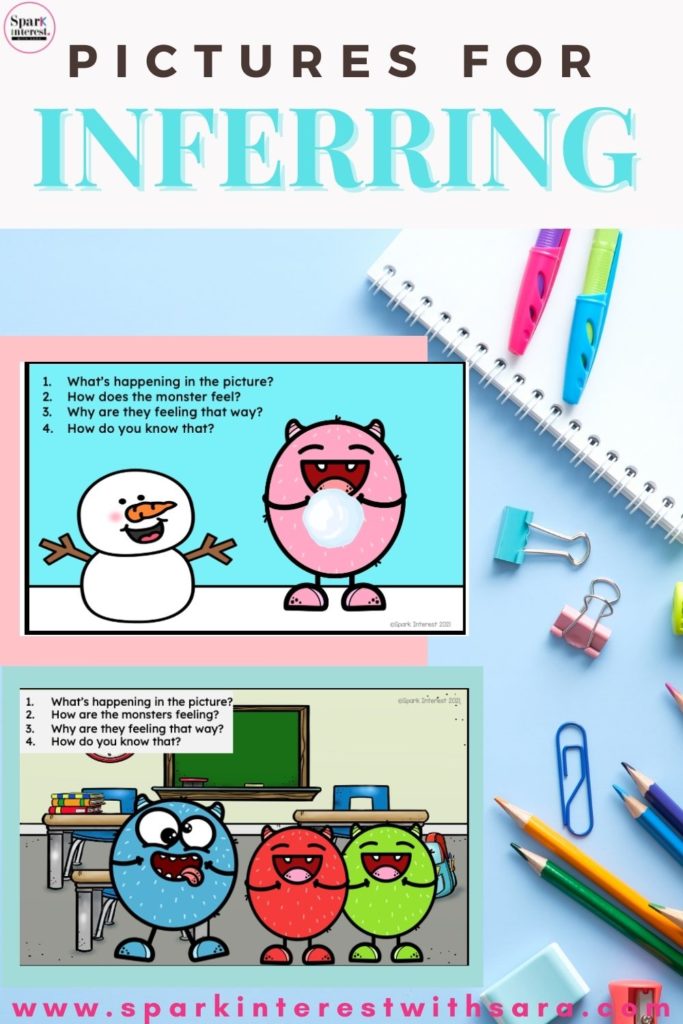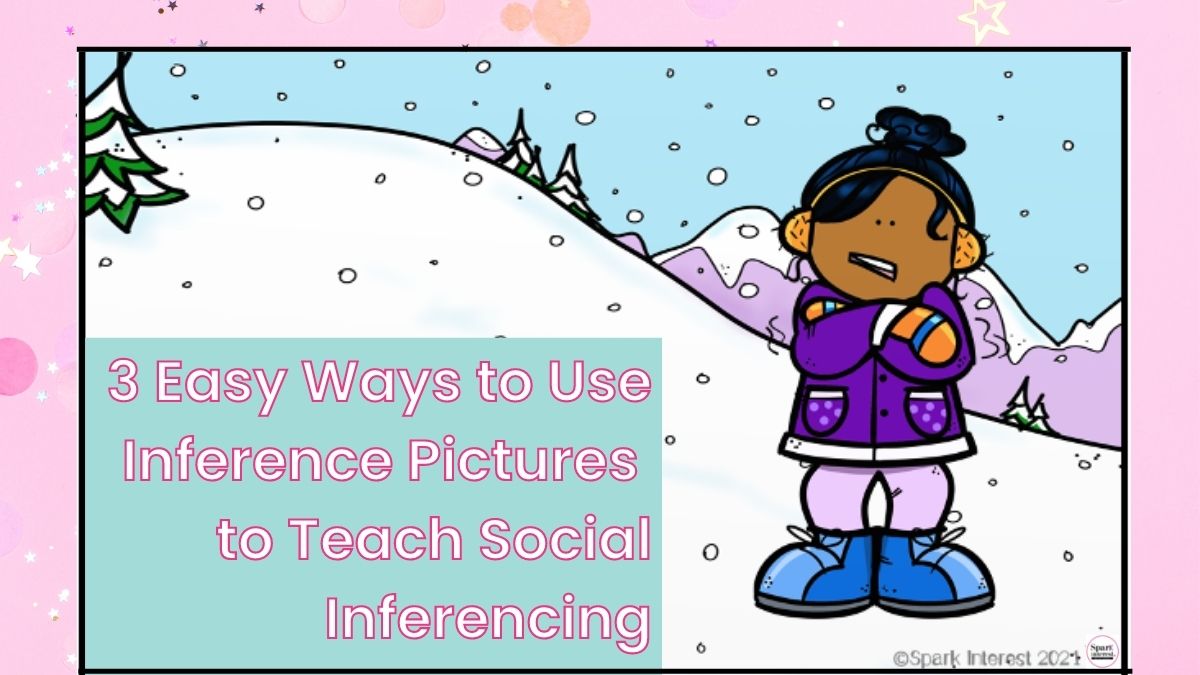
Last week I noticed one of my preschoolers named Jack backing away from one of the other children. He was frowning, his mouth was turned down and he clearly appeared uneasy. I walked up to them both and noticed the other child laughing and waving a toy at Jack, not seeming to grasp how Jack was feeling. I stopped them both and began to question the child. Do you think Jack likes what you are saying? Do you think he likes the game? I invited him to take notice of Jack’s facial expressions. As we talked, the child seemed to get clearer on how Jack was feeling.
These types of situations occur often in our preschool classrooms. Our young learners are only just beginning to develop their social inferencing skills.
The ability to make social inferences is a vital social emotional skill. It’s a complex skill and for our preschoolers can be a little tricky to learn. There are ways to help your little learners figure out this social-emotional skill and become better at figuring out how people are feeling and why.
In my classroom, I have used inference pictures to generate discussions around how others might be feeling. Here are some ways I have used making inference pictures to teach social inferences to my students.
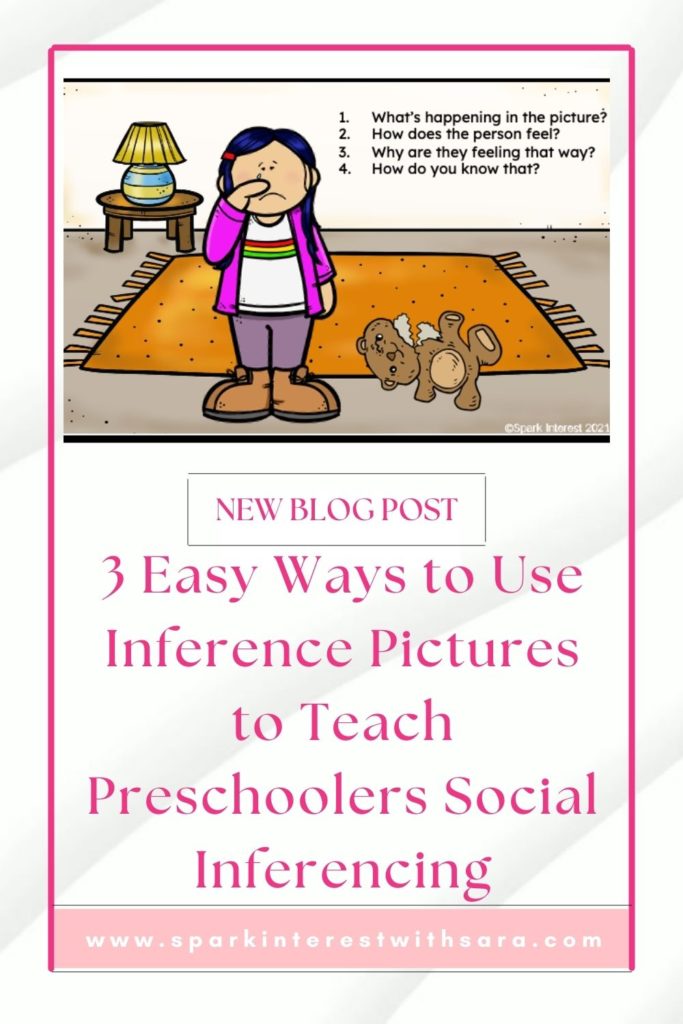
What does making social inferences mean?
Making social inferences means understanding what is happening without it being directly stated. It’s about ‘reading’ the social situation by observing others, looking at the situation and analyzing it using prior knowledge.
Pretty much the “formula” for inferences is as follows:
Observe the situation+ use clues with prior knowledge = understanding what has happened or what is happening.
Why is making social inferences important when it comes to social-emotional learning?
It’s important to understand how others feel – develop empathy, look outside of ourselves, and be able to tell when others may need us. Inferring how people feel is very important because people often do not tell us.
In the 5 Core CASEL Competencies for Social Emotional Learning, Area #4 is all about social awareness. Social awareness is the ability to understand the perspective of & empathize with others, including those from diverse backgrounds, cultures & contexts.
When you use making inference pictures in your teaching, you help young learners to see what others may be thinking and feeling. This ability will help develop empathy.
Before I jump into sharing ways you can use pictures for inferring in your preschool classroom, I wanted to make sure I told you about my FREE guide – 6 Steps to Getting Intentional with Social Emotional Learning in the Preschool Classroom. Click on the image below to get some tips on sprinkling SEL into your classroom everyday! ????????
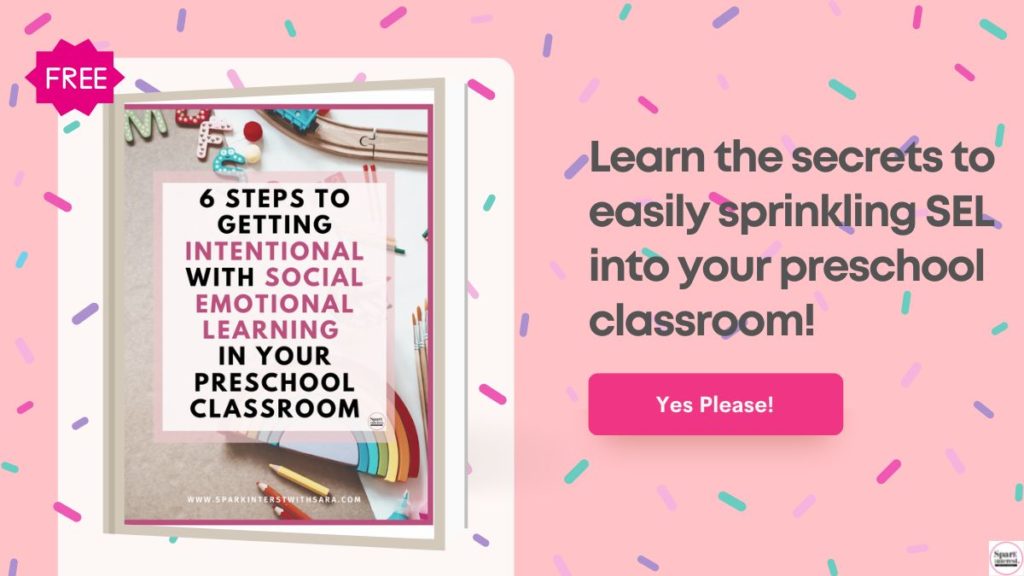
Here are some fun ways to incorporate inference pictures into your preschool classroom!
Picture of the Day
Display a picture on your Smartboard, or pass it around the class. Look at the picture together, identify clues in the picture, look at the person – their expression, posture, look at what’s happening around them, make links to their own experiences. Then have students share their answers. You could do a think-pair-share or share as a whole group!
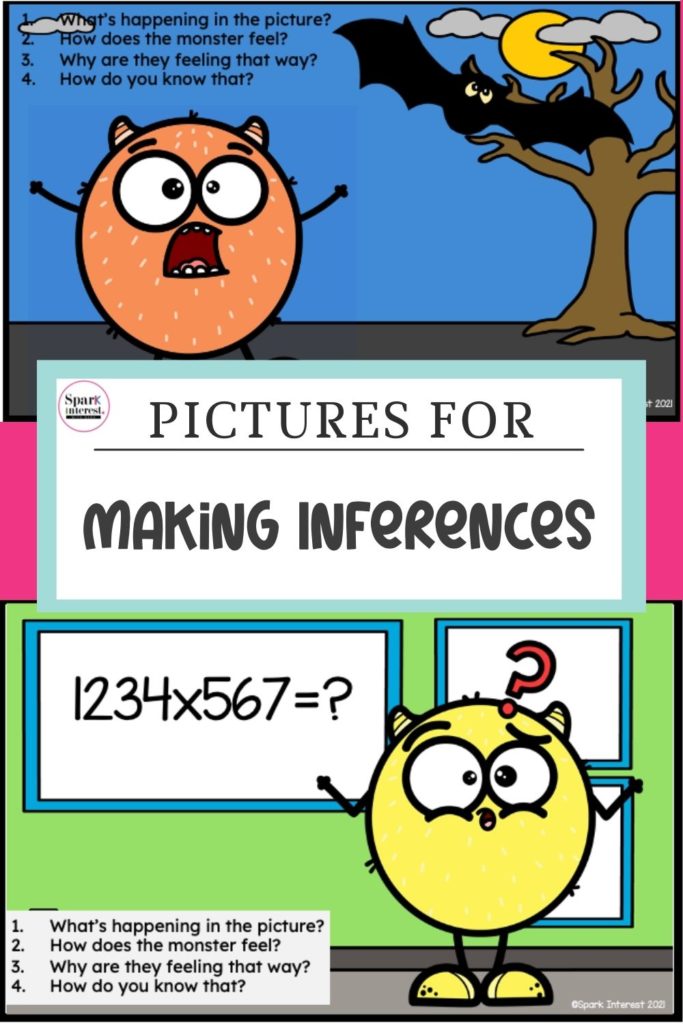
Here are some of my favorite questions to ask learners when we are making inferences:
- What is the person doing in the picture?
- What’s happening?
- What do you think the person’s thinking?
- How is the person feeling? What makes you think that?
- What do you think happened next after this picture?
Here are some keywords you want to help your students use when inferring:
- I think
- Perhaps
- Maybe
- It could be
- This could mean
- My guess is
Remember to use follow-up questions to extend your students’ thinking and make thinking visible to others. Why do you say that? What made you think that?
How to get started with picture of the day
- First, find a picture to use. Since you are using picture of the day to help students, you will need a pretty good amount of different pictures. These pictures should help your students develop a deeper understanding of others and for others, and they should be able to infer what is happening in the picture easily.
You want to make sure that the picture shows ….
- Clear location, emotion being displayed by the person, something happening
- Next, show the picture to your students. You can use a Powerpoint presentation or just pop it on the Smartboard. Make sure the picture is clear. You can even print out the image for each student. Color usually is best when printing, and you want them to really be able to pay attention to the details.
- Finally, discuss the picture. Initially, you may do this as a group discussion, and you could use the think-pair-share routine when they are more familiar with the process. Picture a day can easily be incorporated into your morning meeting, or during a transition time before lunch and rest, or lunch and recess. You could even do it right before pick-up time when waiting for parents/buses!
Matching inference with pictures
Print out many cards showing different emotions and print out other inference pictures. Students have to match the correct emotions with the photos and explain why they decided on this match. I would suggest laminating all the cards to keep the collection like new!
Making Inference Pictures and Questions
Collect an array of pictures showing something happening. Make sure the characters in the pictures are showing emotion. A lot of time, our picture books we read with the students have beautiful illustrated pages you may use as a basis of making social inferences. Start taking note and marking those pages so that you may use them in your discussions.
Consider what questions you will use to encourage making inferences and what you could ask to extend their thinking. Make a list that you can refer to often.
Getting your preschoolers to answer questions based on the inference pictures will help develop the skill and provide a deeper social-emotional understanding.
These three strategies are easy ways to incorporate pictures for inferring to teach preschooler about social inferences into your preschool classroom!
If you are interested in reading more about helping your young learners develop empathy, check out these blog posts below:
Teaching Activities on Empathy in Preschool: Why Should I Care?
Let's Connect:

Sara
